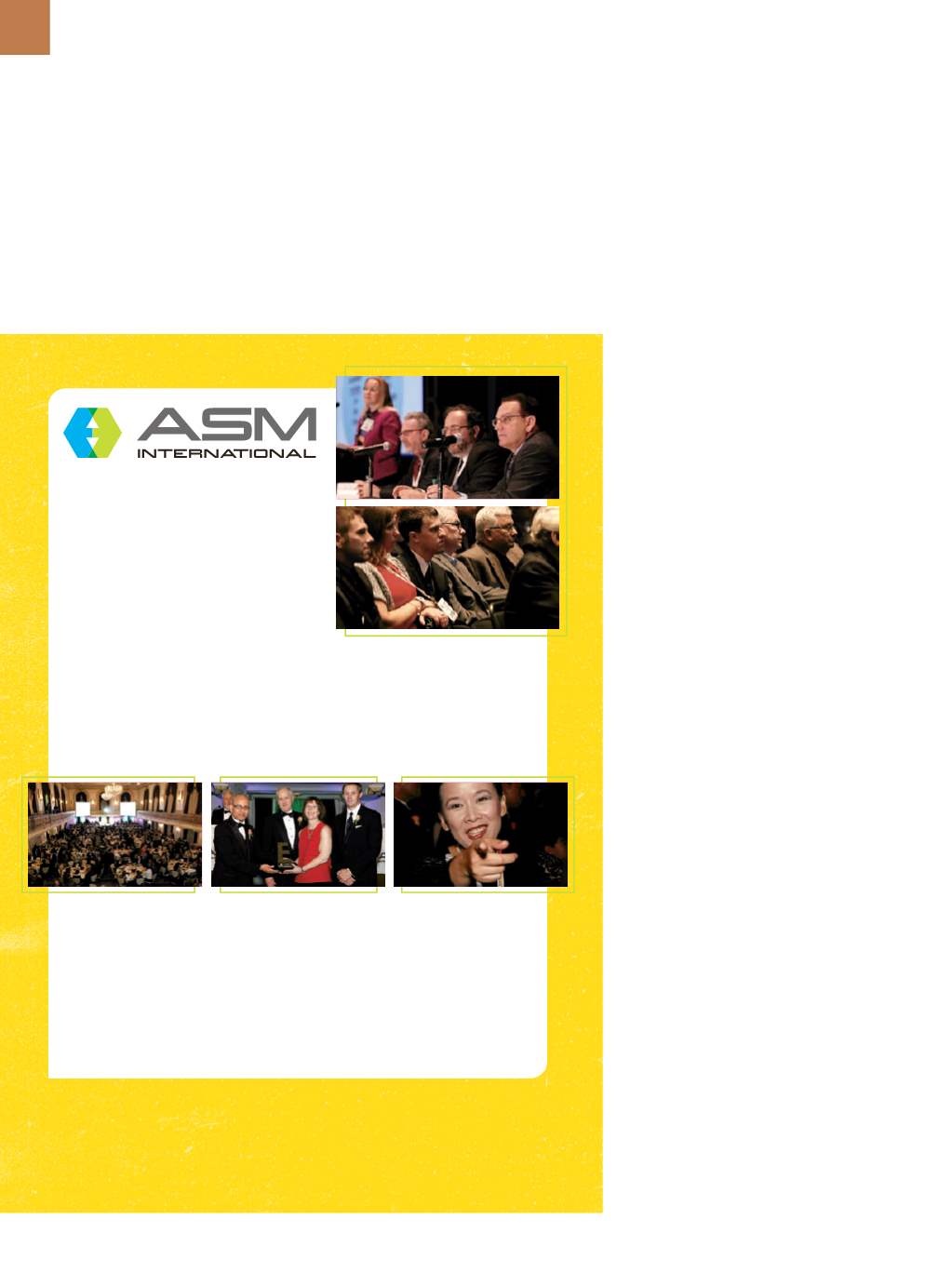

2 2
Space telescopes serve many pur-
poses, ranging from weather and astro-
nomical exploration tocommunications
and a variety of scientific and military
applications. Increasing demand for
higher resolution, lighter weight, and
greater dimensional stability has driven
the choice of many systems to Be, but
with increased emphasis on dimen-
sional stability and polishability.
Beryllium use for light, stiff, low
moment of inertia applications during
and after WWII show that it could be the
right material for mirrors and structures
in the new field of space technology.
One of the earliest applications of Be
mirrors in space was the Multi-Spectral
Scanner for the Landsat earth imag-
ing satellite in which the S-200E grade
was used. The earliest applications
were electroless nickel plated because
uncoated S-200E could not be polished
to the required finish. The first of these
Landsat satellites was launched in
1972. Later versions include the The-
matic Mapper instrument, which used
S-200F, an improved version of S-200E.
An SEM micrograph of the powder and
an optical micrograph of consolidated
S-200F are shown in Figs. 1 and 2, fea-
turing an oxide content of approxi-
mately 1% BeO.
Another early space optical appli-
cation was VISSR, the Visible Infrared
Spin Scan Radiometer on the GOES,
Geostationary Operational Environ-
mental Satellite
[3]
. The scan mirror was
particularly critical in this application,
and any bending as the mirror reversed
direction would have distorted the
image. The extremely low moment of
inertia Be scan mirror provided the
required image stability, whereas con-
ventional materials could not. The
three mirrors for the early VISSR tele-
scopes were plated with electroless
nickel for polishability
[4]
. The first of
these satellites was launched in 1974
and GOES satellites are still produced
and launched. The VISSR instrument
was replaced by a multispectral scan-
ner that continues to use lightweight Be
mirrors, with improved Be grades speci-
fied as they became available.
One of the first space telescopes
to use an engineered grade of Be was
IRAS, the InfraRed Astronomical Satel-
lite, launched in 1983. It had a 60-cm
primary mirror of I-70A Be and was
polished bare, without a Ni coating.
IRAS was one of the first athermalized
telescopes where all components,
including the mirrors and structure,
were made of Be. This ensured that the
entire assembly contracted uniformly
to the 10K operating temperature. The
coefficient of thermal expansion of Be
at that temperature is virtually zero,
which guarantees dimensional stability
with any minor temperature variations.
The IRAS primary mirror did, however,
exhibit significant thermal figure distor-
tion at the cryogenic temperature, but
that distortion only minimally affected
measurements at the shortest wave-
length of 12µm. At longer wavelengths,
the telescope was diffraction limited.
The successor to IRAS was the
Shuttle InfraRed Telescope Facility,
SIRTF, now designated Spitzer Space
Telescope, one of NASA’s four great
ASM 102nd Annual Business Meeting Monday, October 5 4PM-5PM Get exclusive insight on the ASM future vision, learn what ASM and the Leader- ship have accomplished this year and recognize officers newly elected for the 2015-2016 term by attending the annual meeting. Future ASM executive leaders, members and guests are strongly encouraged to attend. MS & T 15 MAT E R I A L S S C I E N C E & T E C H N O LO G Y www.matscitech.org ASM Awards Dinner Tuesday, October 6 | 6:30PM-9:30PM President’s Reception Starting at 9:30PM Join us in celebrating the wonderful accomplishments of this year’s award recipients and the 2015 Class of Fellows. Tickets, which include the President’s Reception following the dinner, can be purchased via theMS&T registration form. ASM Invites You! A D V A N C E D M A T E R I A L S & P R OC E S S E S | S E P T E M B E R 2 0 1 5


















